If you’re experiencing numbness, muscle weakness, or pain in your lower back, it could be a herniated disk. Here’s how to detect and treat it.
Sudden pain in the lower back that radiates down the leg could be a sign of a herniated disk, a common problem associated with wear and tear on the spine, especially in the lower back. This condition occurs when one of the intervertebral disks shifts and presses on a spinal nerve, causing pain, muscle weakness, or numbness.
“Disc pain is often a result of gradual, age-related wear and tear, known as disc degeneration,” explains Dr. Karl Vega-Lelkes, an orthopedic spine surgeon at Houston Methodist Hospital.
Although it usually primarily affects the lower back, it can also occur in the neck. It is less common in the thoracic region, located in the middle of the back.
Common symptoms of a herniated disc
The intervertebral discs act as shock absorbers between the vertebrae. When one herniates, the inner material slips out of place and can press on nearby nerves, causing different symptoms depending on the affected area.
Among the most common signs of a herniated disc are:
- Pain in the lower back, neck, arm, or leg, which may radiate to the foot or shoulder.
- Tingling or numbness in the extremities is related to the affected nerve.
- Muscle weakness which can cause stumbling or difficulty lifting objects.
- Pain that worsens when bending over, lifting, sneezing, or coughing.
Risk factors: Why does a herniated disc occur?
The development of a herniated disc can be influenced by several factors, many of which are related to lifestyle and aging:
- Age: Natural degeneration of the discs usually begins in middle age.
- Genetics: There is a hereditary predisposition to suffer from disc problems.
- Poor lifting technique: Not using proper posture increases pressure on the spine.
- Sedentary lifestyle: Lack of exercise weakens the muscles that support the back.
- Physically demanding occupations: Work activities that require frequent lifting, twisting, or bending increase the risk.
- Overweight: Excess body weight increases stress on the lower back.
Herniated Disc Treatment: What Options Are Available?
The therapeutic approach depends on the severity of the symptoms, the patient’s age, and their medical history. Initially, short-term rest and analgesic or anti-inflammatory medications are recommended.
“After initial treatment, the most common approach is to begin physical therapy with personalized exercises,” says Dr. Vega-Lelkes.
Some additional therapies include:
- Application of heat or cold
- Electrical stimulation
- Traction to align the vertebrae
- Use of a girdle or collar
- Regular medical check-up to assess progress
If the pain persists, steroid injections may be used to reduce inflammation in the affected area. These are administered under imaging guidance, such as X-rays or CT scans, to ensure accuracy.
When is surgery required for a herniated disc?
Surgery is only considered when conservative treatments fail or if signs of progressive neurological damage occur. It may be necessary if:
- No improvement after six weeks of non-surgical treatment.
- There is a loss of muscle strength or difficulty walking.
- A fragment of the disc severely compresses a nerve.
- A complete rupture of the disc or cauda equina syndrome is detected (a medical emergency).
In most cases, only the herniated portion is removed. In severe cases, it may be necessary to replace the disk with an artificial one or join the vertebrae together with plates or screws.
The recovery process includes physical therapy, exercises to strengthen core muscles and prevent relapse, and lifestyle changes. It’s also key to maintain a healthy weight, avoid carrying heavy objects, and manage pain with medication.
A comprehensive approach can prevent recurrences and improve quality of life. It’s important to monitor any worsening of symptoms during recovery and consult your doctor if any changes occur.





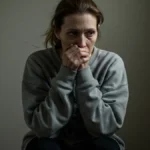


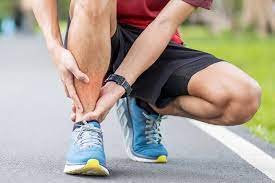


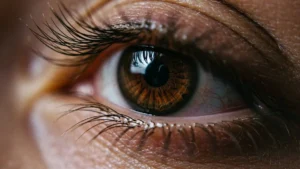
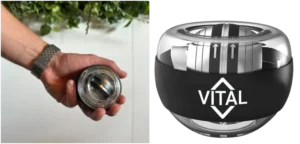






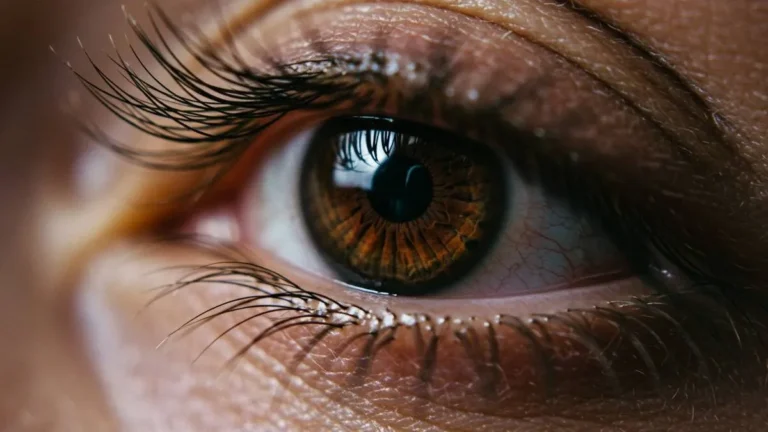
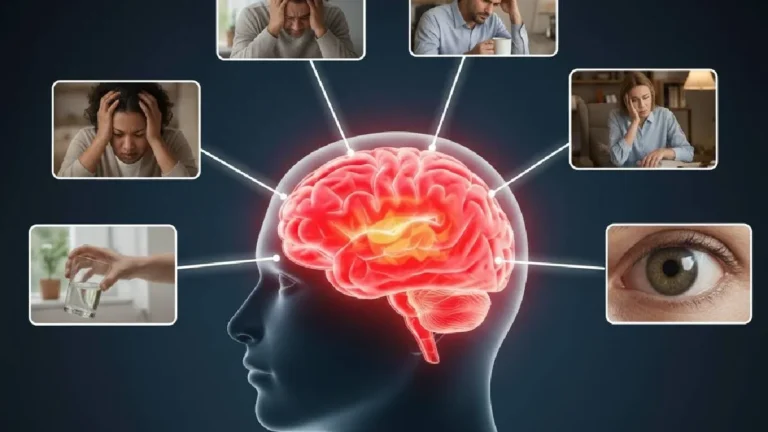


+ There are no comments
Add yours